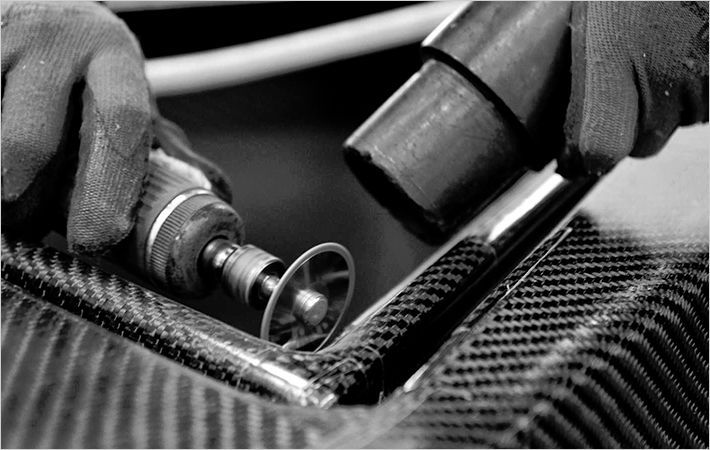The Mollii garment could improve range of motion and reduce pain for people with brain injuries and neurological disorders such as MS and cerebral palsy. The garment provides the body with electrical stimulation to ease tension and spasms. The result is reduced pain perception and increased mobility.
The idea originated with a Swedish chiropractor, Fredrik Lundqvist, who worked with rehabilitation of brain-damaged patients. Lundqvist struck upon the idea of sewing electrical stimuli – similar to TENS (transcutaneous electrical nerve stimulation) electrodes – into garments that the patient can wear.
He turned to KTH researchers Johan Gawell and Jonas Wistrand at the Department of Machine Design. “They produced a prototype of the product, and today they are working full time on the development of Mollii,” Lundqvist says.
“We need more engineers in care,” Lundqvist says. “I believe that dedicated, young people who are passionate about the future should be given a free hand to develop innovations.”
Designed with ordinary swimsuit material, the body suit has conductive elastic sewn into it, with electrodes located at the major muscles. Battery-powered light current is conducted via silver wires to 58 electrodes attached to the inside of the garment, which in turn stimulate as many as distinct 42 muscles, according to the patient’s needs.
Batteries are placed in a small control box fitted at the waistband. “The idea is that the clothes should be used for a few hours, three times a week, and the effect is expected to last for up to two days,” Lundqvist says.
“To enhance the quality of life the patient may choose to use Mollii before it's time to go to work, school or to a social event. That enables the body to function as well as possible when it is really needed,” he says.
The garment has been shown to be highly effective in patient examinations performed in collaboration with a PhD student Stockholm’s Karolinska Institute, Lundvist says. “One-hundred percent of the participants in the survey say they have experienced improvements in existing function or quality of life,” he says.
Stroke patients with paralysis on one side have been found to gain increased mobility in spastic limbs, in that they had improved gait and their arms and hands worked better after treatment.
“As a bonus, the patients often sleep better, and their pharyngeal motor skills and speech improved after using Mollii,” Lundqvist says.
The treatment of patients with movement difficulties and pain due to neurological damage can often require surgery, injections of botolinumtoxin (neurotoxin) or strong medications.

